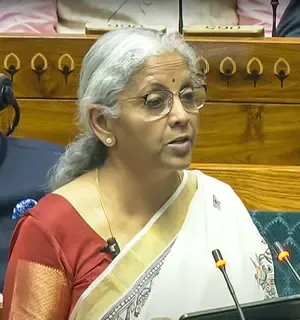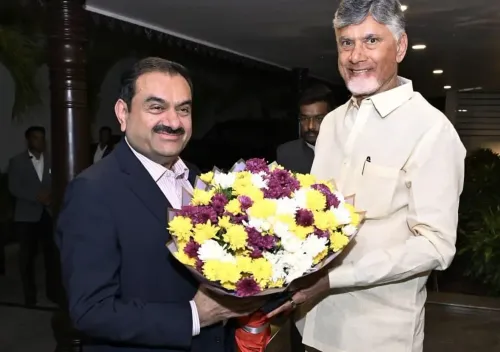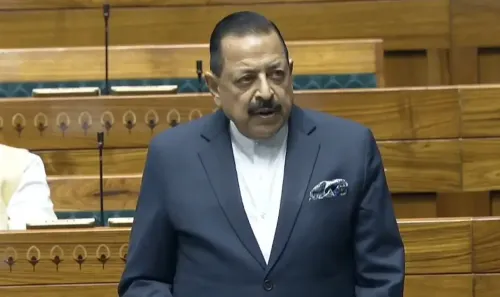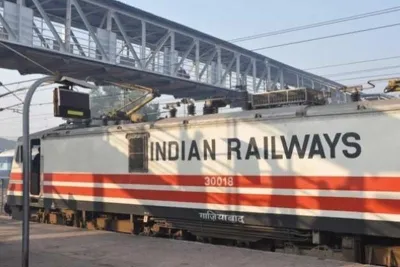Bank Lending to Priority Sectors Surges 85% to Rs 42.7 Lakh Crore in Six Years: FM Sitharaman

Synopsis
Key Takeaways
- Bank credit to priority sectors jumped 85% from 2019 to 2024.
- Agricultural credit increased significantly from Rs 8.86 lakh crore to Rs 18.27 lakh crore.
- MSME sector lending rose from Rs 10.99 lakh crore to Rs 21.73 lakh crore.
- Collaboration with FinTechs is enhancing banking services.
- Government measures are addressing NPAs and improving financial discipline.
New Delhi, March 11 (NationPress) The total credit disbursement by banks to priority sectors such as agriculture, MSMEs, and social infrastructure surged from Rs 23,01,567 crore in 2019 to Rs 42,73,161 crore in 2024, marking a substantial increase of 85 percent over the six-year span, Finance Minister Nirmala Sitharaman reported to the Lok Sabha on Tuesday.
Within the realm of priority sector lending, the agriculture sector has experienced consistent and robust growth throughout this timeframe. In 2019, the total credit disbursement to agriculture was Rs 8,86,791 crore, and by 2024, it had risen to Rs 18,27,666 crore. This data encompasses credit disbursement aimed at agricultural infrastructure by banks, she noted in a written response to a query in the Lower House.
Moreover, the credit disbursement to the MSME sector also demonstrated a steady rise, increasing from Rs 10,99,055 crore in 2019 to Rs 21,73,679 crore in 2024.
As the financial ecosystem evolves to enhance the quality of banking services for consumers, banks are increasingly partnering with FinTech firms to offer a range of services. Key areas where FinTechs are enhancing banking services include enabling the opening of savings accounts through e-KYC and V-KYC processes that utilize Artificial Intelligence (AI) for face recognition and name matching, the Finance Minister shared.
Digital loan processes such as account statement analysis, using alternative data for swift credit assessments, and real-time decision-making, along with the creation of innovative products through bank APIs, are also underway, she added.
The FM further elaborated that the Government and the RBI have implemented several measures to bolster the financial stability of banks, addressing issues related to credit discipline, responsible lending, governance improvements, technology adoption, recovery, and the reduction of NPAs.
These initiatives encompass the establishment of specialized stressed assets management divisions in public sector banks for effective oversight and focused follow-up on NPA accounts, facilitating quicker resolutions and recoveries. The use of business correspondents and the adoption of the Feet-on-Street model have further enhanced the recovery trajectory of NPAs in banks.
A prudential framework for addressing stressed assets was introduced by the RBI to ensure early recognition, reporting, and timely resolution, incentivizing lenders for the prompt adoption of resolution strategies.
Minimum provisioning requirements have been set for both standard and non-performing advances, with credit discipline reinforced through the enactment of the Insolvency and Bankruptcy Code, the establishment of the Central Repository of Information on Large Credits, and systematic monitoring of high-value accounts for willful defaults and fraud.
Additionally, amendments to the SARFAESI Act and the Recovery of Debt and Bankruptcy Act have been made to enhance their effectiveness. The implementation of comprehensive, automated Early Warning Systems in banks aims to proactively identify stress and mitigate the risk of slippage into NPAs, the Finance Minister concluded.










